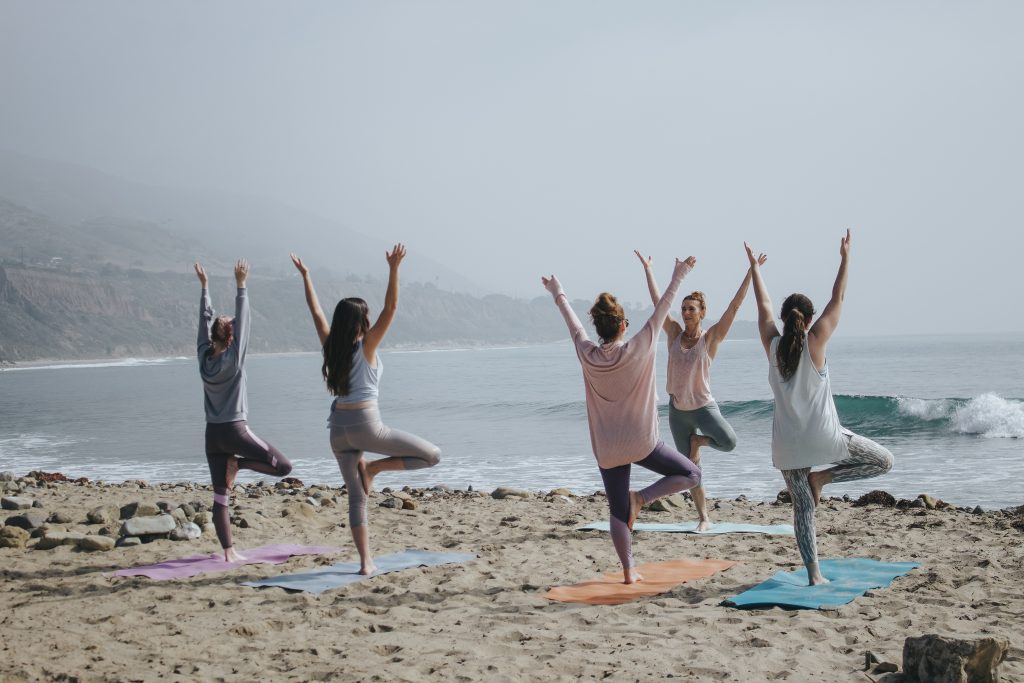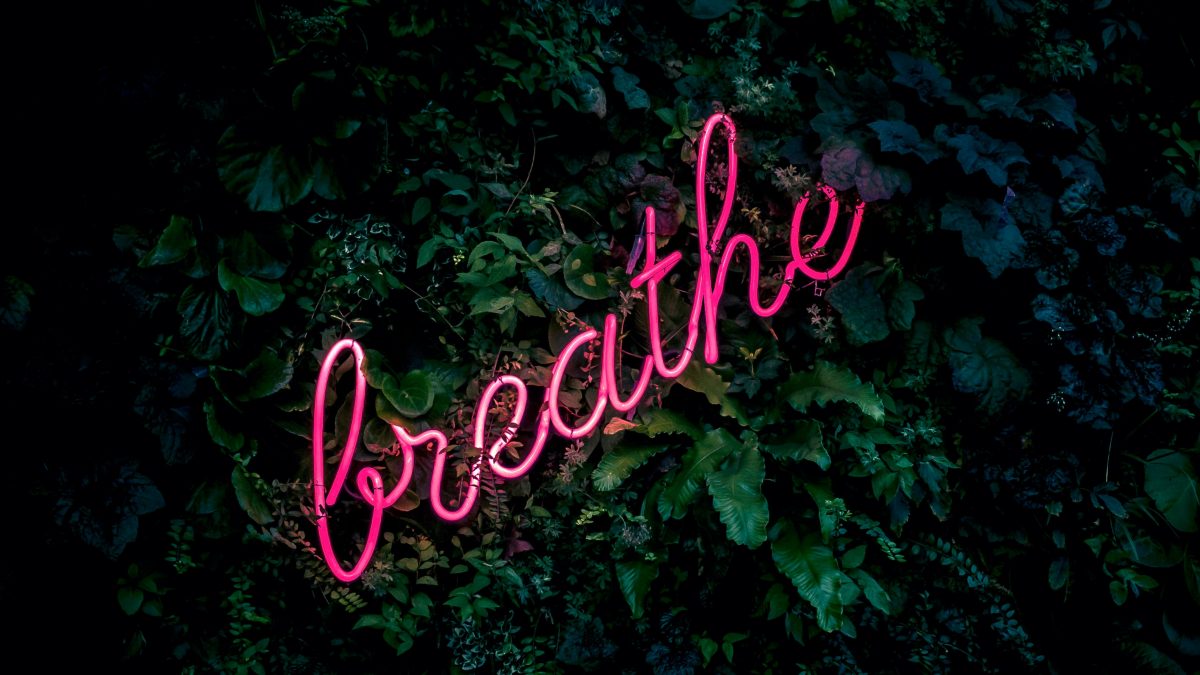Practical Therapy for your Lung Meridian
If you have been experimenting with Infinity Bodywork’s exercises, you may be wondering if handstands and push-ups are the only way to work the lung meridian. What about taking a deep breath?
In fact, breathing exercises are one of the best ways to support lung meridian health.
We are all familiar with the instinctive act of breathing. It is a constant and comforting in-and-out that supplies our bodies with oxygen. Mindful breathing is different. It involves becoming conscious of the in-and-out, deepening the length, and observing the flow of the breath. We practice mindful breathing during yoga when the teacher guides us through some deep belly breaths. It is also present in most martial arts and is a key part of meditation.
When we thoughtfully- mindfully- inhale deeply into our bellies and exhale all of the air out, we are completing a cycle that affects more than just our oxygen levels.
Mindful breathing’s primary use is in helping us break patterns of shallow breathing which cause physical and mental stress. Infinity Bodywork uses resistance to engage the mind and reconfigure the neural pathways that may be causing a muscle imbalance. Mindful breathing fulfills a similar purpose by engaging the mind to help break patterns of stress in our sympathetic nervous systems.

Ancient Breathing Techniques
The lungs in TCM are responsible for the movement of Qi through the meridians. Qi is akin to our life force. Sluggish qi leaves us listless and unmotivated, while qi that flows quickly may leave us easily frustrated and hot-tempered.
To manage a healthy flow of qi in the body, we look to practices from the past.
Some breathing and movement techniques are centuries old, such as Qi gong, yoga, and karate. Qi Gong is an exercise and healing technique that is based on the idea that self-mastery starts with the breath. It is commonly believed to help people prevent certain diseases and increase overall vitality.
In yoga, vinyasa refers to a series of coordinated postures linked to the breath. The purpose of vinyasa is to increase body awareness and revive the link between the body with the mind.
While the scientific health benefits of these practices have only recently come to light, ancient practitioners have celebrated these techniques for their power to calm the body and mind.
The Power of Pranayama
The breath has a power of its own. Pranayama, in its literal translation “control of the life force or breath,” is a breathing technique that helps us manage the subtle energy in our bodies.
Pranayama exercises are a great way to practice mindful breathing and manage our overall energy. Balanced prana means we feel energized and ready to take on the world. Blocked prana, on the other hand, leaves us feeling listless and stagnant.
By practicing pranayama, we gain awareness of the quality of the energy in our bodies.
Meditate to Control the Breath
Meditation is another practice that controls the breath. Unlike pranayama where the focus is on the quality of the breath, the intention of meditation is to calm the mind by focusing on being present and observing your thoughts. Diaphragmatic breathing, in particular, helps calm our autonomic nervous system and can help you relax into a deeper meditation.
All of these techniques have been around for hundreds of years. Their physical, emotional, spiritual, and mental benefits have been proven by practice and science. Some employ the use of the body and others focus deeper on the mind but they all begin and end in the lungs.

How to Use The Breath to Correct Meridian Imbalances
Lung meridian imbalances can be found across a broad spectrum of physical illnesses from the common cold to tuberculosis. While practicing breathwork isn’t going to cure tuberculosis, mindful breathing can be used as part of your daily routine to maintain overall lung health.
Compare it to falling in martial arts. While it may seem like a silly practice while you continually tackle the mat over and over again, you are building what is known as “muscle memory.” So, when the day comes that you are thrown across the mat by an opponent, your muscles remember how to fall without hurting yourself.
By practicing mindful breathing we train our bodies to slow down in a stressful situation where we might have otherwise lost control.
During moments of anxiety, panic attacks, and stress, our breathing is shallow, barely lifting our chests. Stress causes shallow breathing and shallow breathing causes stress. Stress triggers our sympathetic nervous system, or our fight/flight instincts, making it harder for us to relax. If you don’t engage your conscious mind to break the cycle, these patterns could repeat endlessly.
The muscles associated with your lung meridian are the pecs, delts, and biceps. If you have a desk job or sloping shoulders due to poor upper body strength, the top part of the lungs is probably constricted due to poor posture. Constriction is exacerbated when we continually breathe into our chests.
Diaphragmatic breathing can help strengthen your core muscles making breathing easier. Patients with COPD use diaphragmatic breathing to help with diaphragms that have lost elasticity making breathing more difficult. Without proper elasticity, our lungs hold air and we have to engage our neck, back and shoulder muscles to breathe properly.
And so the cycle continues.
An Exercise for You
Certain visualization breathing exercises can help with healing emotional and physical lung meridian imbalances. First, find a comfortable position, somewhere quiet where you will not be disturbed. Observe the inflow and outflow of the breath. Notice any thoughts that come into your head, but do not dwell on them. Simply notice them and then with an exhale let them go.
Inhale deeply through the nose. Inhale into the belly then the chest.
If it helps, place one hand on the belly and one on the heart. Feel them lift as you breathe in, and fall as you breathe out.
On the inhale, picture your body filling up with a bright light. At the top of the breath pause and sip in one last little bit of air, bringing the breath up into your collar bone area. Hold the breath for five, four, three, two, one… before releasing the air.
Visualize all negative thoughts and tension leaving the body through the exhale. Picture the air leaving your body as murky, a contrast to the bright light being inhaled. When you think you’ve exhaled completely, try to press out just a little bit more and hold for a count of five.
Repeat this exercise for five minutes or until you feel calm and balanced.

Challenge: Take five minutes every day for the next week and document how you feel when practicing mindful breathing. It may make all the difference when working to heal the lung meridian.
Take Action!
Learn more about flexibility and strength training, CLICK HERE or schedule an appointment today!
Emma Matthies
Related posts
3 Comments
Leave a Reply Cancel reply
Categories
- Flexibility & Strength (12)
- Healing for Meridians (10)
- Holistic Lifestyle (3)
- Lymphatic Drainage (5)
- Massage (3)
- Meridian Archetypes (19)
- Spiritual (1)
- Traditional Chinese Medicine (11)




[…] breathing techniques and meditations that activate Mula […]
[…] Pranayama (Deep Breathing exercises) […]
[…] breathing techniques and meditations that activate Mula […]